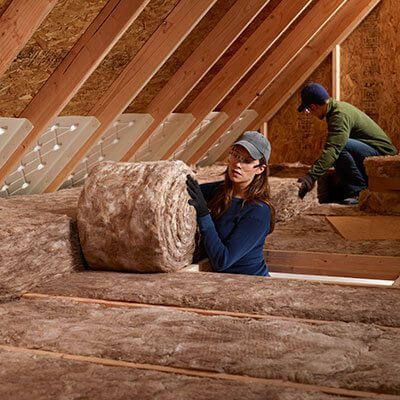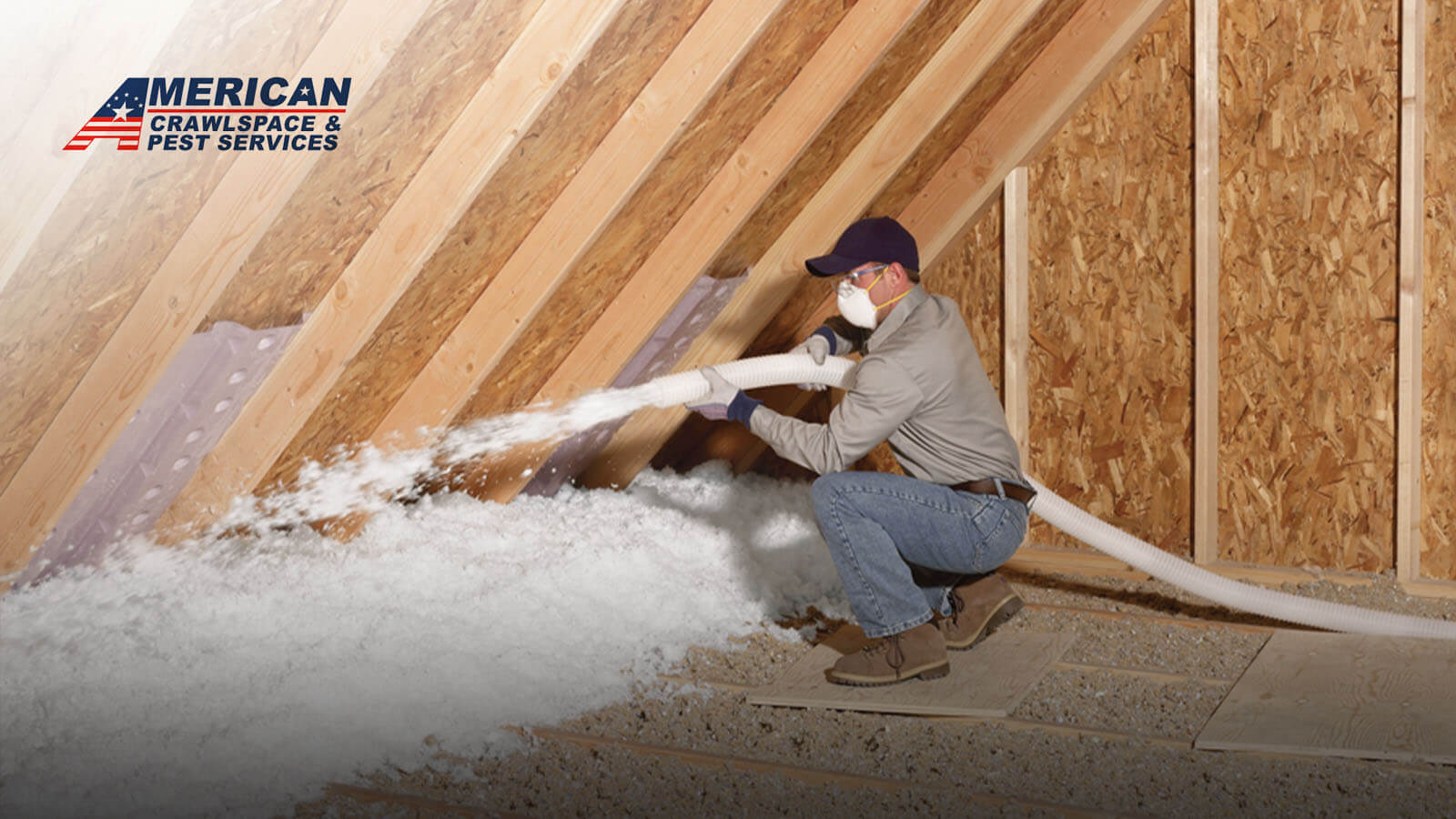Discover the Various Kinds Of Attic Insulation and Their Distinct Benefits for Your Home's Power Effectiveness

Fiberglass Insulation
Fiberglass insulation is among one of the most frequently used products for attic insulation as a result of its outstanding thermal efficiency and cost-effectiveness. Made up of small glass fibers, this material properly traps air, developing a shielding barrier that helps keep consistent indoor temperatures. Its high R-value per inch makes it specifically efficient at withstanding warmth transfer, which is vital for power preservation in homes.
Installation of fiberglass insulation is relatively straightforward, often offered in batts or loose-fill types, fitting numerous attic room configurations. Additionally, it is non-combustible and immune to wetness, lowering the risk of mold and mildew advancement. This toughness adds to its long life, making fiberglass a sensible long-term investment for property owners.
Additionally, fiberglass insulation is usually produced from recycled products, which improves its eco-friendliness. The material can also add to soundproofing, lessening noise transfer between areas. While it is necessary to put on safety gear throughout installment to stay clear of irritation from the fibers, the general benefits of fiberglass insulation, including energy savings and environmental considerations, make it a prominent selection for enhancing attic room efficiency and promoting a comfortable living atmosphere.
Spray Foam Insulation
Spray foam insulation is an extremely effective option for attic room insulation, known for its superior air securing and thermal performance. This innovative insulation material is made up of a blend of isocyanate and polyol resin, which, when combined, increases quickly to load voids and dental caries in the attic space. Its capability to follow different surfaces makes certain a continuous barrier versus air leaks, considerably lowering warm loss during cooler months and warm gain throughout warmer seasons.
Among the essential advantages of spray foam insulation is its high R-value per inch, which implies it offers superb thermal resistance in a fairly thin application. This is particularly useful in attics where room is often limited. In addition, spray foam can help decrease wetness accumulation, lowering the danger of mold and mildew and mildew growth, which can be destructive to both the structure and interior air quality.
While the first expense of spray foam insulation might be greater than conventional options, its long-lasting power savings, combined with increased comfort and enhanced home worth, make it a rewarding investment for homeowners looking for improved power efficiency. Attic Insulation DFW. Generally, spray foam insulation sticks out as a reliable service for maximizing attic insulation
Cellulose Insulation

Cellulose insulation is a prominent choice for attic insulation, largely composed of recycled paper items treated with fire resistants. This eco friendly option is understood for its outstanding thermal performance, effectively lowering warm transfer in both summer and cold weather. The thick make-up of cellulose enables it to load spaces and voids in attic spaces, giving a seamless obstacle against air leakages.
Among the substantial benefits of cellulose insulation is its capacity to resist mold and mildew and parasites, owing to the fire retardant therapies investigate this site used during manufacturing. In addition, it boasts a high R-value per inch, which equates right into exceptional power effectiveness. Homeowners can expect lower heating & cooling prices as a result of boosted insulation.
Setup is typically completed through blowing loosened cellulose into the wanted location, enabling a quick and efficient procedure. This method additionally reduces disturbance to the existing framework. Moreover, cellulose insulation has a fairly low ecological influence, as its manufacturing procedure uses recycled products, adding to sustainable building methods.
Rock Woollen Insulation
Among the numerous options for attic insulation, rock wool, likewise understood as mineral wool, attracts attention because of its remarkable thermal and acoustic efficiency. Made from recycled or natural materials, rock woollen is developed by melting rock and spinning it into fibers, resulting in a product that provides exceptional insulation residential properties.
Among the significant benefits of rock wool insulation is its high R-value, which suggests its effectiveness in resisting warm flow. This particular not just boosts power effectiveness however likewise adds to preserving a comfortable interior temperature level year-round. Additionally, rock woollen is inherently fire-resistant, making it a safer choice for homes as it can stand up to heats without melting or releasing toxic fumes.
In addition, rock woollen insulation excels in soundproofing abilities, effectively minimizing sound transmission in between areas and from outside sources. In general, rock woollen insulation gives a thorough service for improving energy effectiveness, security, and convenience in residential setups.
Radiant Obstacle Insulation
Glowing obstacle insulation functions as an efficient solution for minimizing warmth transfer in attics, especially in warmer climates. This sort of insulation works by showing glowing heat away from living areas, therefore minimizing the quantity of heat that enters a home throughout warm weather - Attic Insulation DFW. Usually made up of a very reflective product, such as try this website aluminum foil, radiant obstacles are installed in attics, dealing with the roof covering, where they can obstruct inbound warm from the sun
The main benefit of glowing obstacle insulation is its capacity to reduced cooling costs. By reflecting warm as opposed to absorbing it, radiant barriers can help preserve a much more steady indoor temperature, reducing the workload on cooling systems. This performance converts right into reduced energy bills and enhanced convenience for homeowners.
Along with power financial savings, glowing barriers can additionally add to enhanced indoor air top quality. By lowering warmth accumulation, they help minimize humidity degrees, which can stop mold growth and improve overall air blood circulation. When set up correctly, glowing obstacle insulation can be a vital enhancement to any energy-efficient home, making it a worthwhile consideration for property owners wanting to improve their attic room insulation technique.
Verdict
In conclusion, recognizing the various kinds of attic insulation-- fiberglass, spray foam, cellulose, rock woollen, and radiant barriers-- makes it possible for property owners to make enlightened choices regarding power efficiency. By choosing the ideal insulation product, significant reductions in energy prices can be achieved, along with improvements in interior comfort.

In conclusion, recognizing the different types of attic insulation-- fiberglass, spray foam, cellulose, rock woollen, and radiant obstacles-- makes it possible for homeowners to make informed choices regarding power performance.